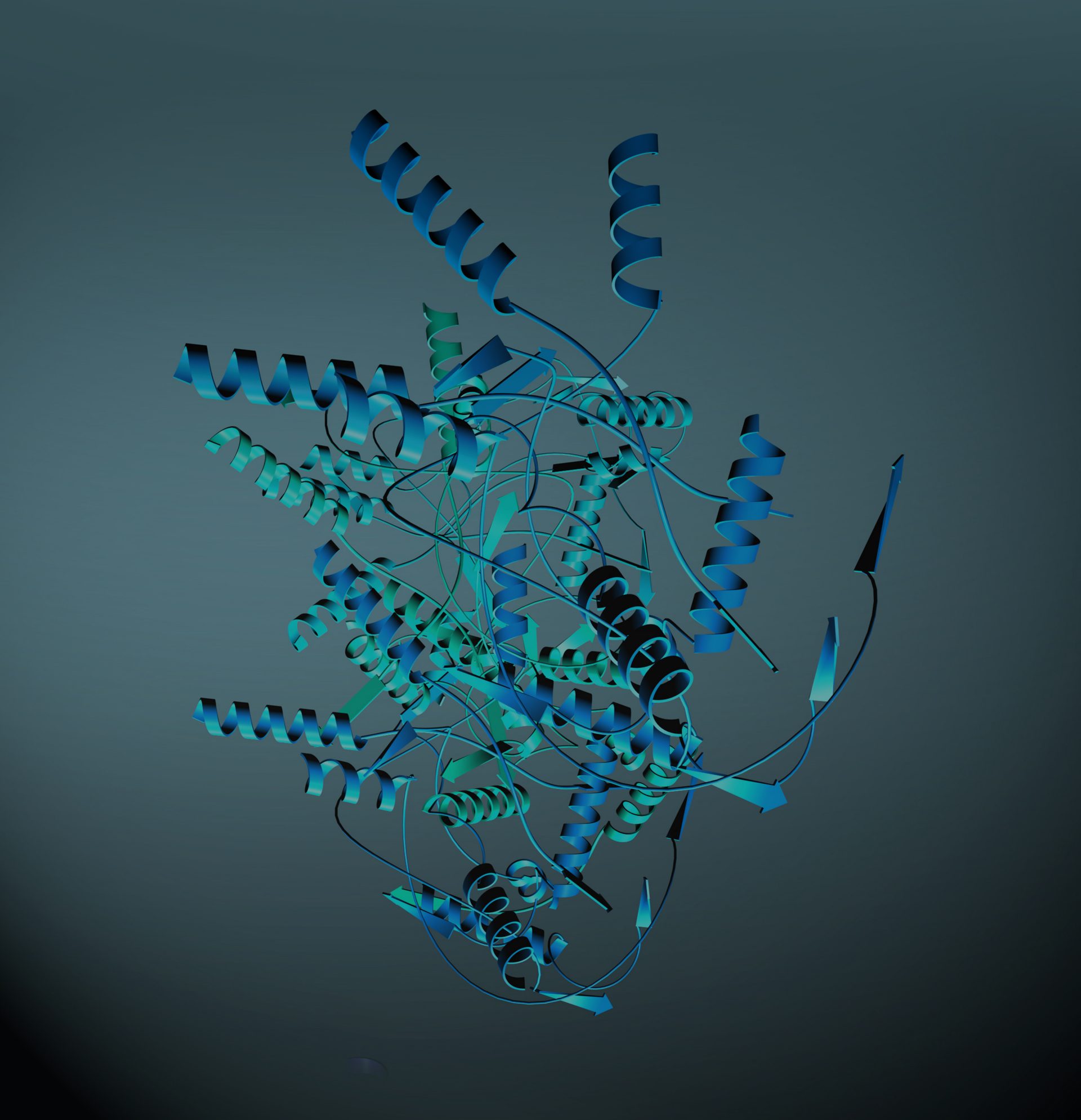

Intrinsically Disordered Proteins
An intrinsically disordered protein (IDP) is a protein that is unable to fold into a stable or ordered three-dimensional structure. Unlike folded proteins, IDPs are characterized by a high degree of disorder, local mobility and high dynamicity. These peculiar properties confer them completely different functional advantages, compared with proteins that have a well-defined 3D structure.
The biological importance of intrinsically disordered proteins (IDPs) has been discovered in recent years by sequence-specific assignments using NMR. They are now being recognized as biologically crucial in both healthy systems and the pathophysiology of various diseases.
Due to their lack of structure and high mobility, studying IDPs can be challenging. They cannot be characterized using traditional X-ray crystallography techniques, so nuclear magnetic resonance (NMR) is the tool of choice. NMR has evolved into a powerful technique in structural biology for studying the dynamics of proteins, including IDPs. It is now possible to overcome the problems of incomplete assignment, low chemical shift dispersion, and an inability to detect post-translational modifications using new techniques.
Why bioNMR? New series on how NMR can be used for biology research.
Bruker GHz-Class NMR for Functional Structural Biology Research
Bruker is helping shed light on functional-structural biology research with advanced NMR solutions. Novel GHz-class NMR technology enables advanced research into the structural basis for affinity and specificity of protein-ligand interactions, including a better understanding of structural features of cell membrane proteins, and the molecular mechanisms involved in protein folding and aggregation.
The increased spectral resolution and sensitivity of the 1.2 GHz NMR has already enabled research teams to look more deeply at proteins and better understand the initial steps of amyloid-type protein aggregation as well as the function and structure of the Tau protein, both commonly associated with Alzheimer’s disease.